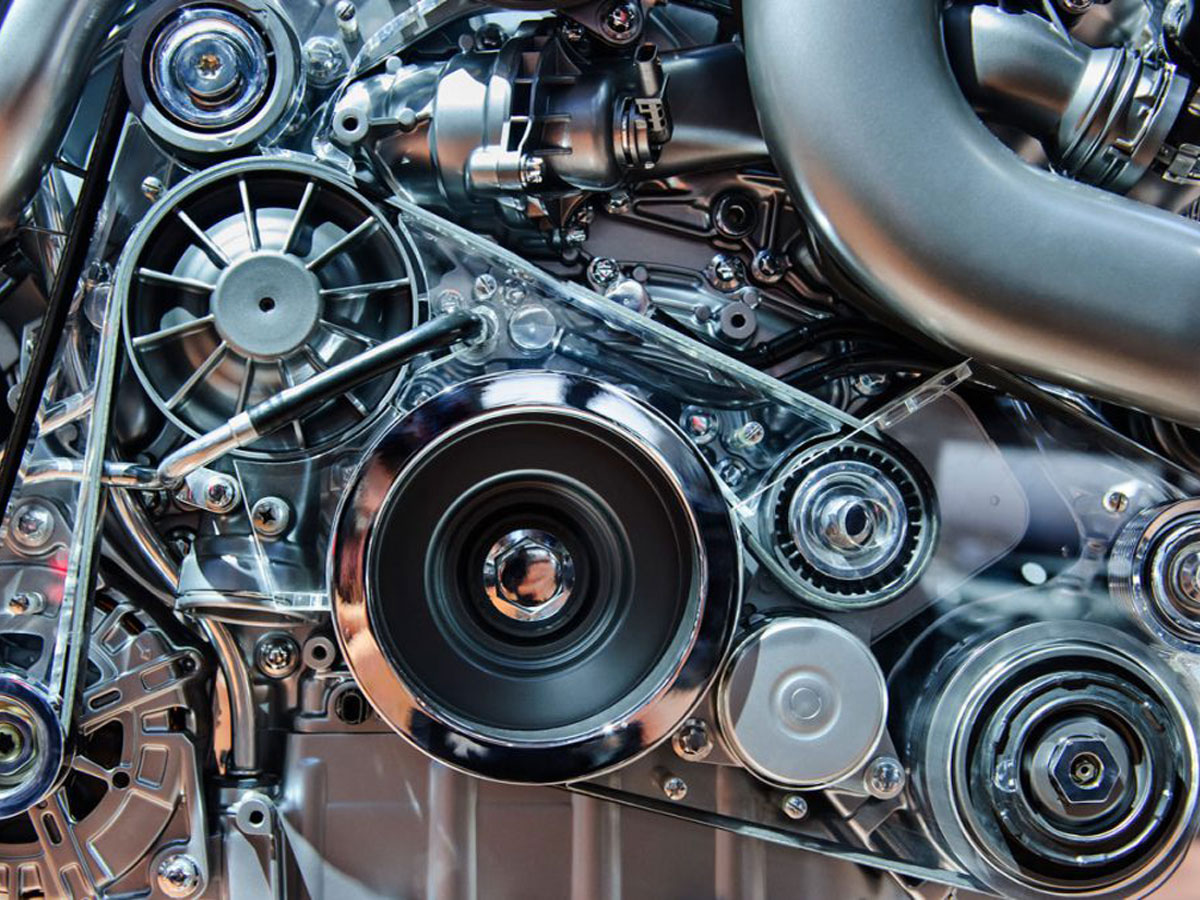Magnets are present in various places in cars: in the gearbox, sensors, brakes, water pump, motors, ignition coil and starter generator, but also in the currently widely used ‘lane departure warning’; it emits a warning sound or a vibration alert when you do not stay on your side of the road. This is achieved with magnets, which must do their job properly to prevent motor vehicle accidents occurring. Measurements are therefore crucial.
Finding the right magnet for an electric motor, actuator or sensor is not an easy task for an automotive component supplier. Only magnetic measurements offer the appropriate guarantees, for the automotive component supplier and magnet supplier alike. Measurements are a standard part of the IATF16949 process. These measurements are used to calculate a Cpk value (process capability index), which is necessary to guarantee a reliable magnet for products such as motors, actuators or sensors. The Cpk value is part of the statistical process control and provides information about how well the manufacturer controls their process.
Cpk value
The higher the Cpk value, the better the process is controlled by the magnet supplier. This makes the statistical chance of product failure negligible. And since the final inspection of the magnet supplier is also the customer´s inbound inspection, this reduces the chance of failure of cars, machines or systems after delivery.
GOM 3D Scanner
A brief explanation by Marc Teeuwen, specialist in high-tech magnetic components: “Let’s say you have the nominal dimensions of a magnet with a plus or minus tolerance. When the value measured by the GOM 3D scanner is very close to the nominal dimensions, you get a high Cpk value, which shows that a manufacturer has their process well under control. This means that the statistical probability of obtaining a magnet that lies outside the tolerance band, and would therefore be rejected, is very small. The GOM 3D scanner measures the magnet and automatically generates a report in which the Cpk value is derived from the measurement data. This is very important for customers in the automotive sector, among others.”
Magnetic tolerances
Marc continues: “When you have a block magnet in front of you, you see the dimensions: L x W x H. Suppose the length is 20 mm and the standard tolerance for this dimension is ± 0.1 mm. This means that the magnet we deliver must always be between 19.9 mm and 20.1 mm in length. However, it is important that the tolerances do not vary too much: they should all be around 20 mm, with as little deviation as possible. The smaller the deviation from 20 mm, the higher the Cpk value is.”
High quality requirements
This also reduces the chance that a magnet will be out of tolerance. If the tolerance line is flat, a manufacturer has good control over their process and there is little chance of rejects. The GOM 3D scanner presents this visually in the measurement report. For an automotive component supplier this is extremely important: it serves as their proof that the products they deliver meet the highest quality requirements. Moreover, this report and the Cpk value are requirements in a range of contracts established for automotive component suppliers.
More information? Please use the contact form
Goudsmit Magnetics is ISO9001, IATF 16949 and ISO140001 certified.

